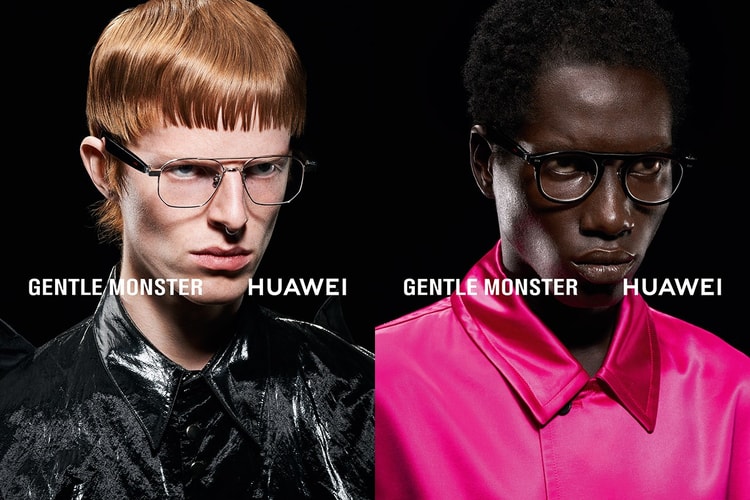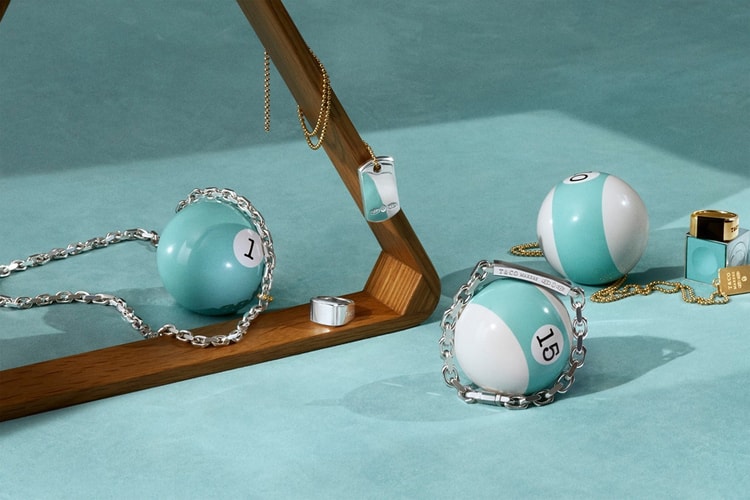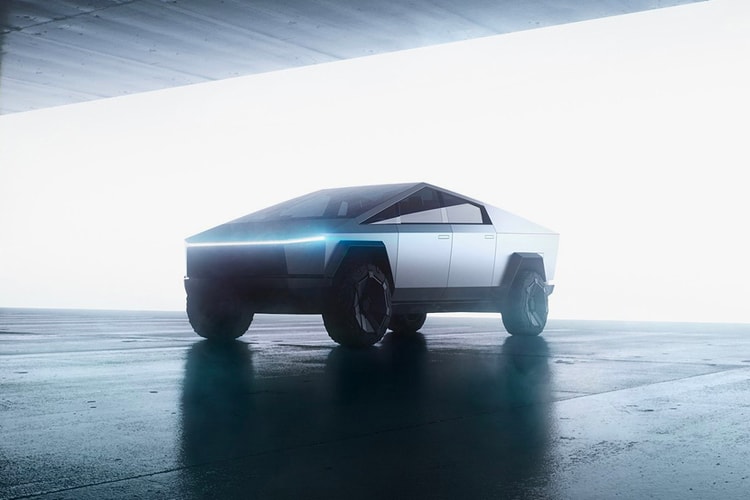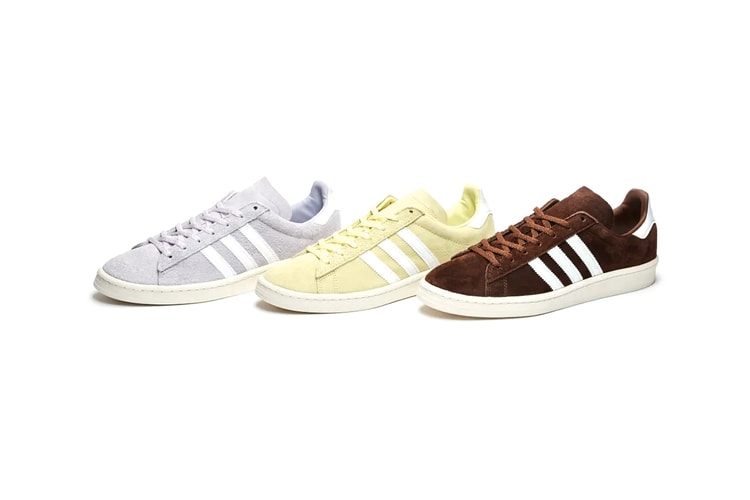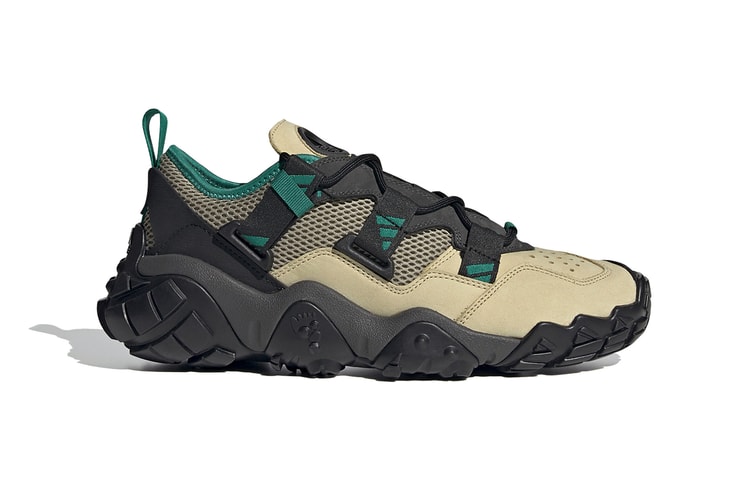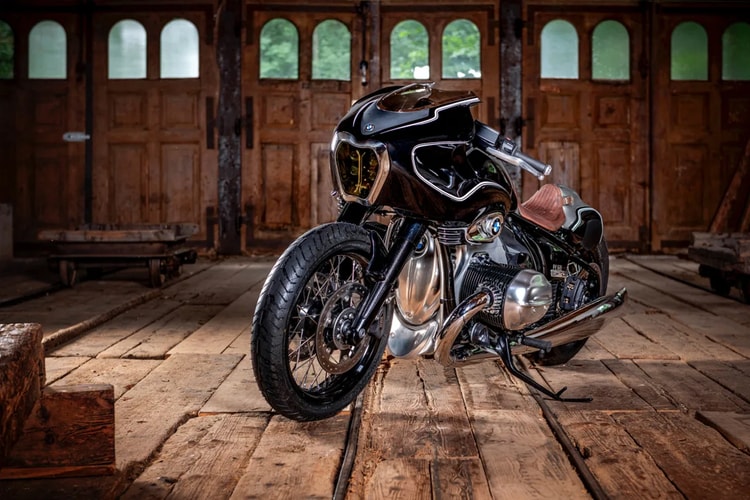Will COVID-19 Kill the Drop Model Forever?
Buyers weigh in on menswear’s reset moment.
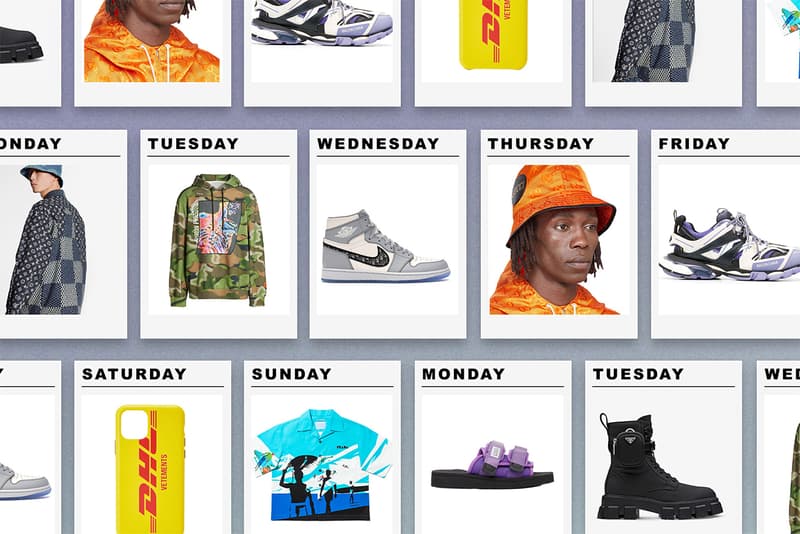
Until the coronavirus pandemic spread across the globe, it seemed as though drop models were becoming the de facto operating model for the fashion industry. Brands and retailers ranging from Burberry to Farfetch and even the luxury car industry were pivoting to releasing regular bursts of one-off products in place of seasonal collections.
But the past few months changed everything: from digital fashion weeks to brands going entirely out of business, COVID-19 and its related lockdown measures have had a huge impact on the fashion industry’s practices. Changes to supply chains and release schedules have forced retailers, brands and consumers to look again at how — or if — the current system works for them.
With existing models under more scrutiny than ever, these changes could shape the future of how we buy and consume clothing forever. To evaluate how COVID-19 could shape the future of releases, we spoke to leading buyers from around the world about how the drops model will continue.
Has COVID-19 made you think differently about exclusives and drops?
Damien Paul, head of menswear at MATCHESFASHION: I think COVID has made us think about how we work with our partner designers and brands. It’s a constant conversation, but we have always been fairly careful around our approach to exclusives and drops. For the most part we treat these as part of a 360-degree cross channel project and there always has to be a point of interest for our customer.
Lee Goldup, menswear buyer at Browns: With many brands experiencing production delays, deliveries have been lighter and arriving later the past few months, so exclusives and drops have certainly helped to fill the gaps.
Reece Crisp, head of buying, creative and styling at LN-CC: Our exclusives and drops are based around supporting the people, brands, actions and communities that we believe in. Today, this is arguably more important than ever. The “LATE NIGHT – CONSCIOUS CAMPAIGN,” “RxCYCLE” and “TEE” – all limited in production and produced sustainably – are examples of initiatives we have been working on throughout this time. For us, the biggest changes we foresee will be in how we approach our buys seasonally.
“It’s important to ensure there is a reason for bringing additional product into an already oversaturated market place.”
Oliver Mak, founding partner at Bodega: We think differently about every aspect of our business now. We always had an ethos of continual improvement, but that has been hyper accelerated recently. We try to see the challenge as an opportunity to be better individually and as a group. Regarding exclusives and drops, they’ve always been our competitive advantage over others in the retail space. We were lucky enough to have great Bodega collaborative drops land in the first half of the year, keeping us in the spotlight while we also focused on making exclusive content to interact with our audience. When you combine that with the rare, limited-edition product our partner brands flow through us, we are able to keep the business healthy even when the retail shops are shut down.
Natasha Advani, menswear buyer at H.Lorenzo: The main thing we think about when releasing exclusive items or limited drops since COVID is how will we represent this digitally through creative content. Exclusives and limited-edition drops are still desirable but the primary focus of our current consumer is the ethics of a brand and therefore we have a responsibility to highlight this to the customers. H.Lorenzo has a strong digital platform, however we take pride in the “in-store” experience. Since COVID we have shifted most of our creative direction into online until people can fully enjoy the in-store retail experience.

Martine Rose’s exclusive collection for LN-CC’s Late Night-Conscious Campaign project.Ln-Cc
Do you think they are contributing to fashion’s overproduction problem?
Paul: If I am honest a lot of the exclusive capsules and drops exist because of customer demand. Remember for the most part these collections and drops sell out very quickly, and interestingly it is often the younger consumer who buys more heavily into this.
Goldup: Drop culture has increased a lot in recent years and at times it feels too much and oversaturated, which in turn decreases people’s desire, with increased supply over demand. I think as long as it’s used simply as a marketing tool opposed to increasing the amount of items produced by a brand, then it isn’t necessarily a bad thing.
“Small run items that sell out quickly are the opposite of overproduction – you’re keeping supply lower than demand so everything is sold.”
Crisp: I think they can, it depends on the project. I think it’s important to ensure there is a reason for bringing additional product into an already oversaturated market place. With our initiatives, we aim to be problem solvers in this ongoing fight with waste and unsustainable production.
Mak: Small run items that sell out quickly are the opposite of overproduction – you’re keeping supply lower than demand so everything is sold. When Burberry burns $37 million USD of product to maintain “Brand Value” that is the overproduction problem. When fast fashion retailers pump out cheaply made knock offs meant to be disposable, and can’t sell all of it, that is overproduction. In 2017 H&M burned 10 tons of clothes in Denmark alone. The key difference is that limited-edition drops are not following the rule of economies of scale which rewards making as much as possible regardless of environmental and human costs, but rather the more sustainable route of producing only what is wanted.
Advani: I think the overproduction problem is more about the consumer believing they need so many products.

A release from Burberry’s B Series range of drops.Burberry
Do you think drops still have value or have they already become oversaturated?
Paul: They need to have a specific purpose and story behind them and there has to be a special reason to buy into it. Drops also help the retailer to deliver “buy now/wear now” product that isn’t just centered around hype.
Goldup: Drop culture is still very relevant and clearly works well on a weekly basis for brands like Supreme and Palace, but can become too much if done with a high frequency and with product that doesn’t differ so much to the mainline collection. When hyped up and executed well however it can be used to sell out items very quickly.
Crisp: Executed correctly, yes. Volume is super important, as is the message. As buyers and retailers, we are all accountable, so I think it’s important to have a reason beyond press and marketing.
Mak: The aftermarket pricing is a clear indication of great value being retained, but the real questions are, is this good for the fashion community and the world at large? Is this sustainable? Does this hurt or help street fashion, independent designers and sneaker culture? The drop paradigm helps independent designers. The fact that you can have a new designer presell a drop via social media posts, create only what is ordered and then get that to their audience is an incredible advantage for those starting up. There’s no way we could’ve done that when we opened.
On the footwear side, having more choices than ever before is great, but everyone always complains that the most coveted pieces are raffle or resell only. Footwear oversaturation exists, but what we are experiencing as an independent retailer is that there are less styles being produced, and fewer drops end up in markdown. That means we are closing the gap between supply and demand, resulting in better sustainability and less overproduction. The looming economic downturn has everything consuming less and making each purchase have more impact.
Advani: I think random collaborations are now outdated, but when special minds and creatives coming together to create something thoughtful, it will always hold value.
Caterina Ercoli, senior buyer at Antonioli: Big brands are overusing drops. The drops came from streetwear brands and sportswear, I think the big brands have to restart and present a collection with a strong DNA and innovation, not just drops and launches every month.
“People will begin to buy something because they see its longer-term worth.”
When does a drop work well?
Paul: It’s fairly simple – you have a cult brand or designer release a product item or small collection that received a lot of attention. This in turn has seen high engagement with fans and customers and then there is a very clear release date and supplier network. But as I said – this all has to have a point of interest and a specific design point of view. As mentioned, we can use “drops” in many different ways, not only with cult product.
Goldup: Drops work the best when marketed well, with a limited supply of a product that differs from a brands main collection.
Crisp: With the right brand, the right product and a clear message.
Mak: The whole model of drops and special releases is intended to inject energy into our product calendar. You have collections riding for the full season, and you want to add some highlights throughout that time to keep the brand in people’s minds. A drop works well when the product itself is notable in both design and story. One or the other can drive success, but both together are a sureshot.
Advani: As simple as it sounds, when there is a real creative vision and story behind it. Along with being supported by marketing assets.
How did COVID-19 affect your supply chains? Was there a disproportionate impact on young designers?
Paul: I have to be honest and say it affected many of our designer partners both large and small, new or established. Brands experienced delays in production and some cancellations of products – we’ve worked very closely with all our brands to see how we can help and how we can be flexible regarding delivery.
Goldup: Many of our brands ceased production for two to three months which has had a knock on effect with deliveries and in turn caused delivery windows to be extended by most. The worst affected by this have been brands producing in Italy and Asia, and young designers with small capacities have been hit particularly hard, with many also being forced to cancel production of part of their collection with smaller brands unable to offer substitutions. At Browns we have worked tirelessly to support those who have been affected, and are patrons of the BFC Foundation Fund for the COVID crisis.
Crisp: I wouldn’t say so from our point of view. We work with a number of young designers and have committed OTB to them this season. The challenging thing for young designers this season will be picking up new accounts.
Mak: Our supply chain was pushed out three to 12 months for some projects due to COVID, it could have been worse, but our partners in Asia did a good job of containing COVID’s spread. Segments of supply were disrupted and we are just getting back to it, but that also coincided with the physical stores being shut down so it ended up being relatively okay. I’d rather have fewer shipments when the store is shut by government order. I think the negative effects are still trickling. The major bankruptcies of bigger retailers are going to cascade to problems for the designers they carried. But established brands have a war chest to float them through catastrophe. I don’t have a score card of who’s hurting the most, who lost their livelihood, and who’s going to survive. Everyone we know is working harder for less return.
Advani: We were very conscious of the situation, we understood that there will be delays with deliveries and younger designers may have to cancel some of their production. We spoke to each brand one by one and found a reasonable solution for both retailer and designer. Ultimately, we are all in this together, brands and retailers and have to work together to protect the industry.
Are you anticipating that you might have less delivery for Fall/Winter 2020? How are you mitigating that?
Paul: We have been working very closely with our brands and partners in different ways including delivery phasing, understanding and supporting production challenges and cancellations and ensuring right product, right time. In some cases designers have moved part of FW20 to a Pre-Spring 2021 delivery which should help their production. It was inevitable that some designers had to reduce their collections in some cases but new season continues to connect well with our customers who seem ready for newness, and we remain optimistic.
Crisp: We are expecting some delays, but are working closely with designers to ensure we get through it together.
Mak: We’re expecting all our orders in, no cancellations from the supply side yet. We also have a bunch of Bodega special projects dropping, so it should help us through the choppy waters. Some special releases got pushed to 2021 from partner brands. We’ll continue to just make a better range of our own Bodega product to hedge.
Advani: Yes… we are speaking to brands and still figuring it out.
Ercoli: For sure. A lot of cancellations and late deliveries. We are mitigating with a new pricing strategy. We are going to sell at full price for as long as possible, but some big e-commerce accounts have already started a FW20 discount… no words.
COVID-19 has led to more conversations about overproduction and the current system. Do you think there will be longer term changes in fashion production?
Paul: I think we will have to wait and see. I have noticed that many designers pivoted to creating collections that elevated their brand DNA in a meaningful way. There was also a timeless quality to some collections. There was less distraction. I certainly sense and feel that people will begin to buy something because they need it or love it and see its longer term worth. There will be an emotional connection to fashion and that can only be a positive thing.
Crisp: I hope so. We all have an opportunity to reevaluate how we do business. The main focus should be on finding solutions that ensure production is sustainable, and consider the amount of product that is being produced. Do less, be better.
Mak: Production and consumption must change. We were all making plans as Greta Thunberg spent 2019 raising global consciousness, but COVID and everything after has been a major point of inflection for us to all look inward and examine our values and how we want the world to be. Issues of social justice, sustainability and personal responsibility are in the forefront of everyone’s mind. We all have to continue being part of the positive change.
Advani: I hope so. It was moving way too fast. We need it to slow down for a longer window for retailers to sell and for designers to create as opposed to pushing out product.
Ercoli: Yes, but in a bad way. The big brands are increasing the whole sale price and reducing our buying budget. I hope the situation will go back to as it was before soon. The only positive aspect is about the quality. All the customers will be more careful about the pricing, quality and innovation.





